Belly dump trailers are a vital resource in the construction and transportation industries, particularly for hauling aggregates, sand, gravel, and other bulk materials. To fully leverage the advantages of these trailers, it’s crucial to understand their capacity in tons, alongside other factors that affect their performance. This comprehensive guide delves into the specifics of belly dump trailer capacities, their operational benefits, and key considerations for optimal utilization.
What is a Belly Dump Trailer?
Belly dump trailers, known for their unique design, feature a split bottom that allows materials to be discharged through the belly of the trailer. Unlike traditional end dump trailers that discharge at the rear, belly dumps can deposit material to either side, providing better control and precision, especially in tight spaces.
Characteristics of Belly Dump Trailers:
- Design: Typically consists of two hoppers that can unload simultaneously or independently.
- Unload Method: Hydraulic system allows for a controlled discharge along the trailer’s length.
- Versatility: Ideally suited for road construction, landscaping, and aggregate operations.
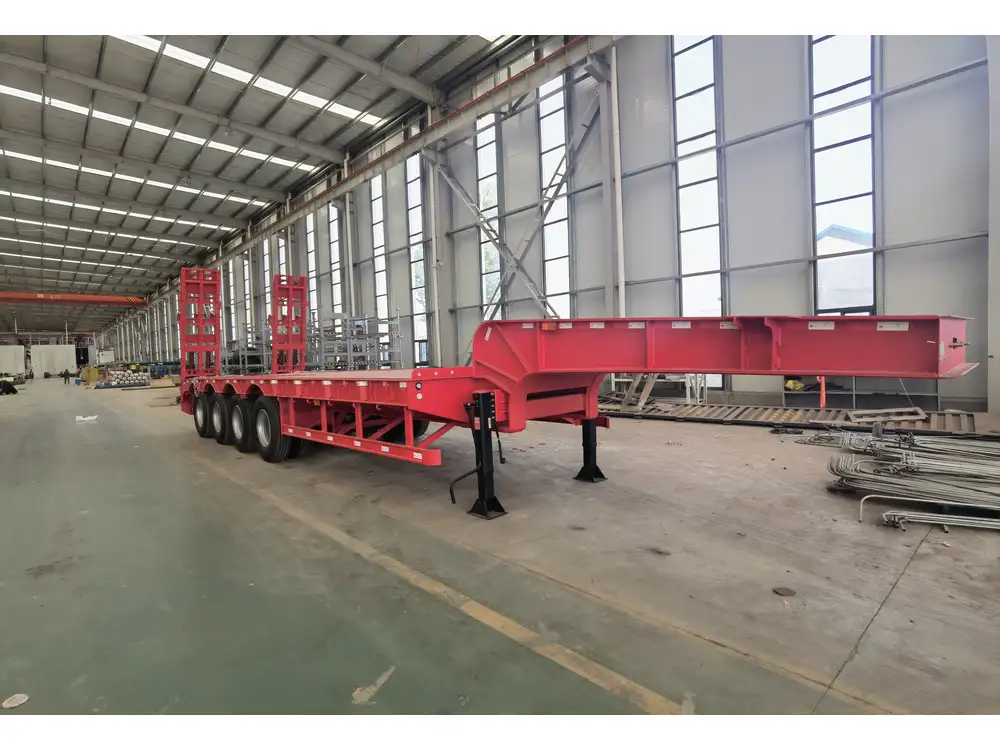
Capacity of Belly Dump Trailers
How Many Tons Does a Belly Dump Trailer Hold?
The capacity of a belly dump trailer can vary significantly based on various factors, including its design, build, and specific purpose. On average, a standard belly dump trailer can hold anywhere from 24 to 30 tons of material.
| Trailer Size | Approx Capacity (Tons) | Approx Capacity (Cubic Yards) |
|---|---|---|
| 34 ft | 24-26 | 14-16 |
| 40 ft | 28-30 | 16-18 |
These figures represent general estimates, with specific trailers possessing specialized designs to accommodate larger or smaller loads depending on the needs of the operation.
Factors Influencing Capacity
Trailer Design and Size:
- The dimensions and structural design significantly impact the volumetric capacity.
- For instance, a longer trailer can hold more material due to the increased cubic volume inside.
Material Density:
- Different materials have varying densities, which influence the total weight.
- For example, sand is denser compared to gravel, resulting in lower volume capacity for the same weight.
State Regulation Compliance:
- Different regions have specific regulations on weight limits for road transport.
- It is important to consider both the trailer’s capacity and local legal weight restrictions when loading.
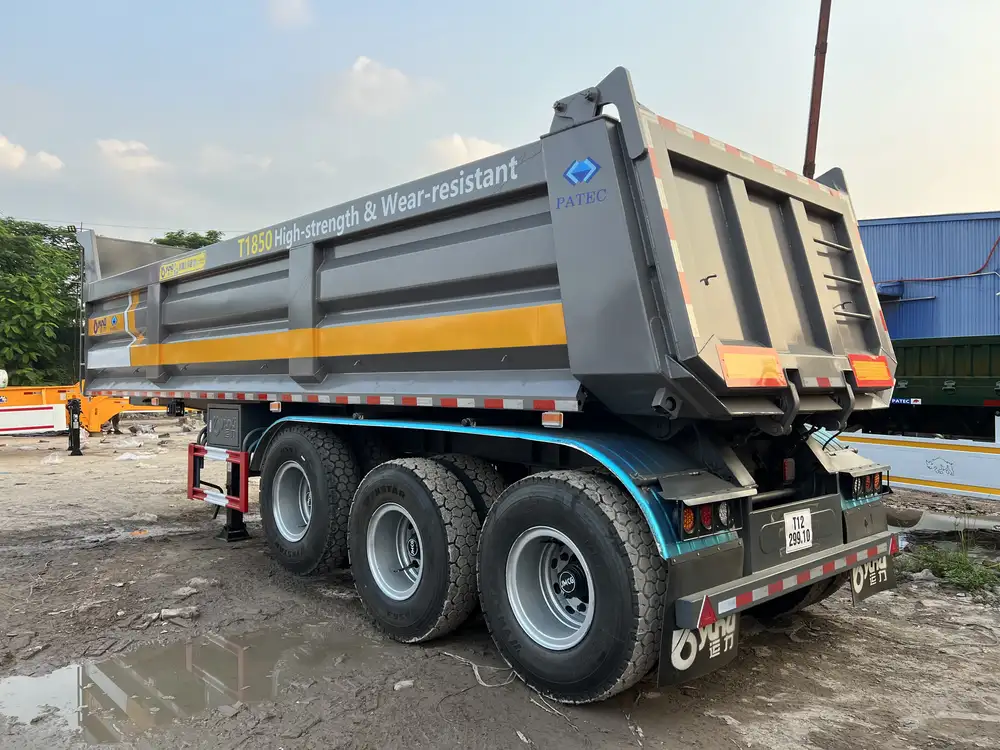
Examples of Capacity: Common Materials
Understanding how many tons can be loaded based on the type of material being transported can help in planning effective logistics.
| Material | Density (lbs/cu. ft) | Capacity for 24 tons (Cubic Yards) | Capacity for 30 tons (Cubic Yards) |
|---|---|---|---|
| Gravel | 100-115 | 12-15 | 15-18 |
| Sand | 90-100 | 13-15 | 17-20 |
| Topsoil | 80-85 | 15-18 | 18-22 |
Advantages of Belly Dump Trailers in Transportation
Belly dump trailers offer numerous benefits that enhance operational efficiency and reduce overall costs.
1. Efficient Unloading
The innovative design of belly dump trailers allows for swift unloading of materials. With the ability to dump on both sides, these trailers expedite the process, facilitating rapid job site turnover.
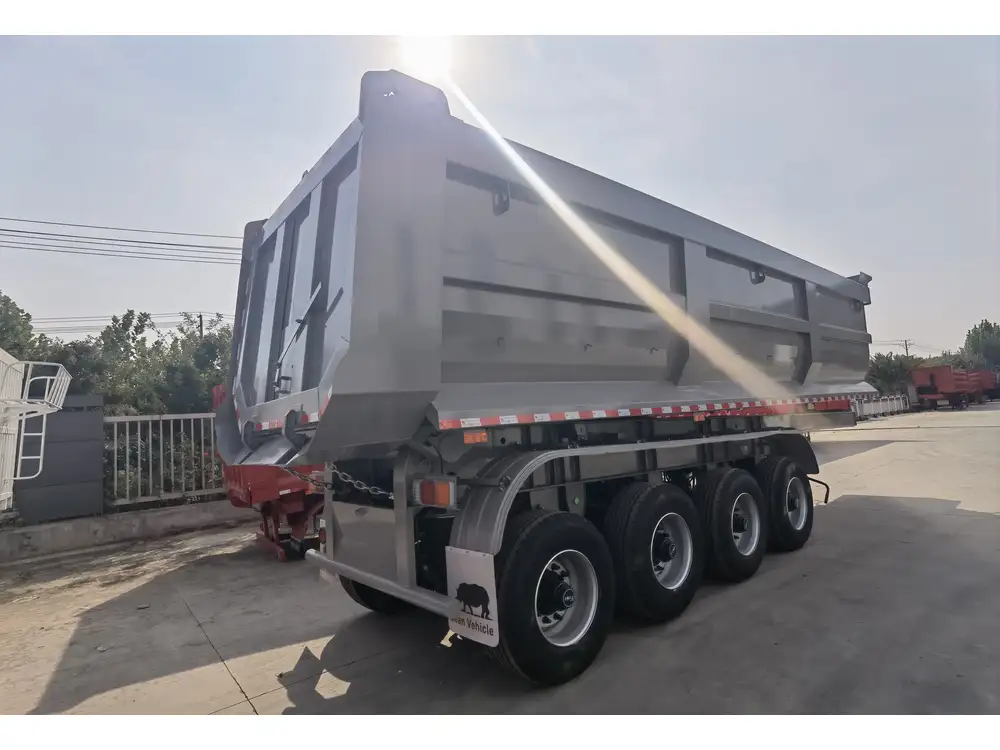
2. Better Control and Precision
Because materials can be dropped precisely where needed, belly dump trailers reduce the need for additional equipment or manual labor required for redistributing loads after dumping. This leads to fewer resources being spent on moving materials post-discharge.
3. Versatile Application
Belly dumps can transport a wide range of materials, from construction aggregates to agricultural supplies, making them a flexible choice for various industries and applications.
4. Improved Stability
These trailers often sit lower than traditional models which contributes to better stability, particularly when navigating uneven terrain.
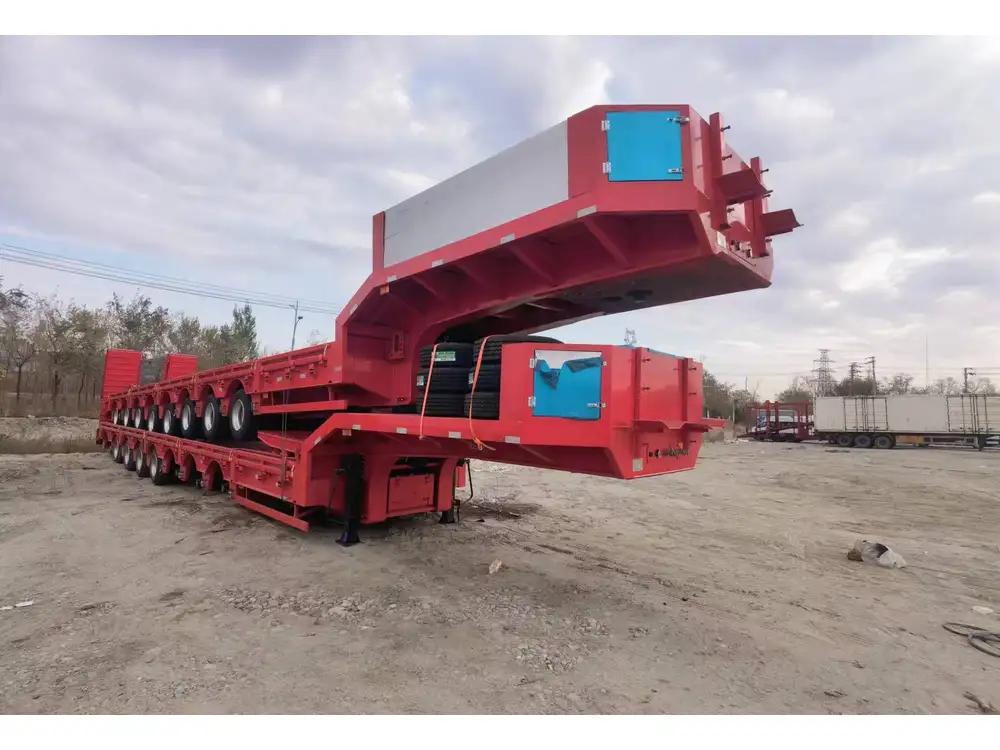
Key Considerations for Optimal Usage of Belly Dump Trailers
To maximize the effectiveness of belly dump trailers, several operational considerations should be kept in mind.
Weight Load Management
Adhering to legal weight limits is critical. Overloading can lead to dangerous situations on the road and significant penalties from transportation authorities. It’s advisable to:
- Calculate Load Regularly: Keep a close record of weights, especially when switching between different materials.
- Use Weight Scales: Employing truck scales at loading sites ensures each load is within safe limits.
Maintenance for Longevity
Routine maintenance is paramount for performance and safety.
- Check Hydraulic Systems: Regularly inspect hydraulic components to ensure smooth functionality during unloading.
- Examine Tires and Axles: Maintaining tires and axles prevents premature wear and enhances overall safety.
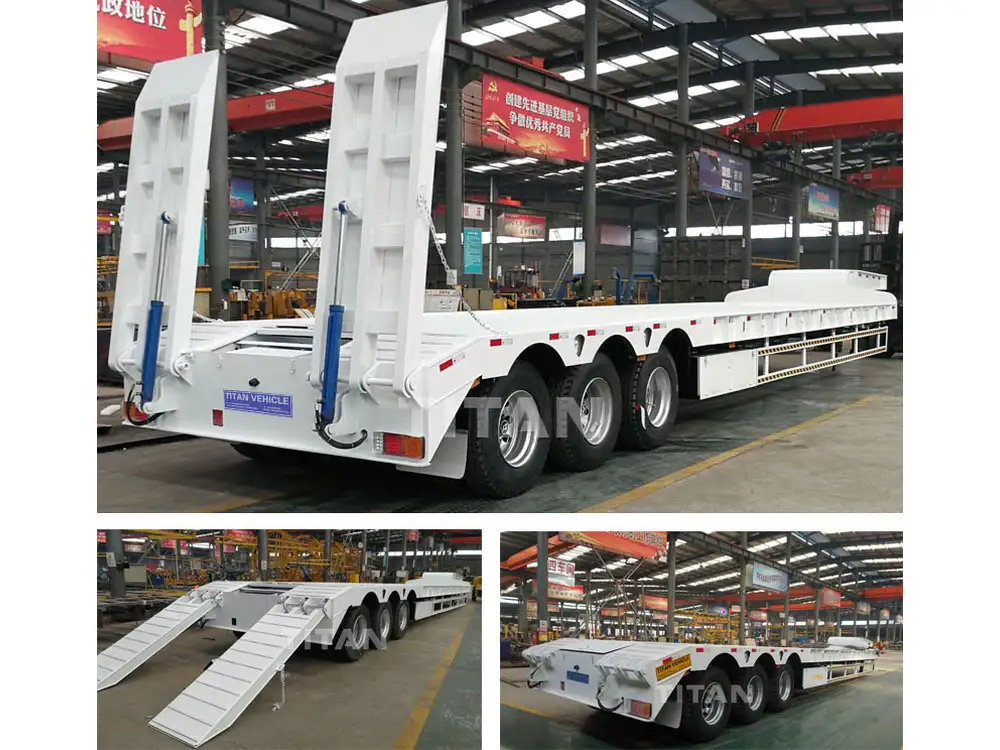
Training for Operators
Proper training for operators of belly dump trailers ensures loading, unloading, and maneuvering processes are conducted safely and efficiently. Training should cover:
- Understanding Weight Distribution: Improper distribution can affect handling.
- Safe Unloading Practices: Knowing the proper procedures helps prevent accidents on site.
Conclusion: Harnessing the Potential of Belly Dump Trailers
In summary, understanding how many tons a belly dump trailer can hold is fundamental for maximizing their utility in the field. With an average capacity ranging from 24 to 30 tons, depending on the model and load, operators can transport significant volumes of materials efficiently. Focusing on weight management, routine maintenance, and comprehensive operator training will contribute to successful and safe operations.
Incorporating belly dump trailers into logistical plans can streamline processes, maximize productivity, and greatly enhance operational efficiency. Making informed decisions regarding the capacity, application, and maintenance of belly dump trailers enables businesses to optimize their transport solutions while adhering to safety regulations and maximizing profitability.
As we strive for innovation in the transportation of bulk materials, belly dump trailers will undoubtedly continue to play a crucial role in shaping the construction landscape of the future.



